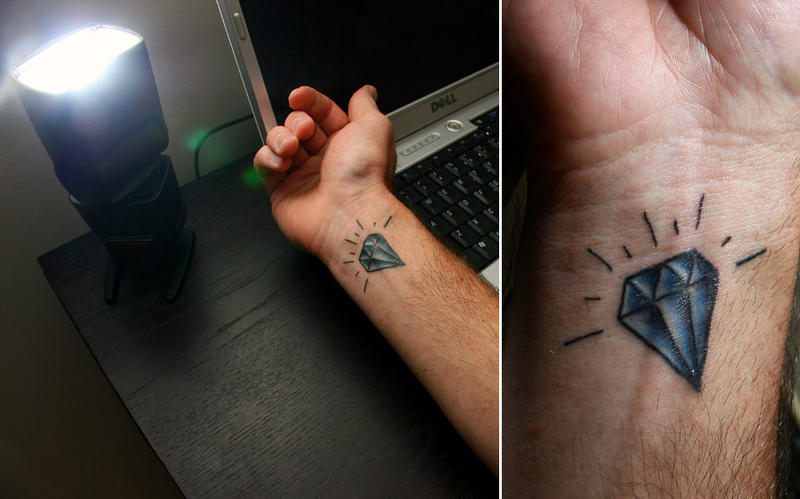Iv'e been looking through some apps on an iphone just to see what overall aesthetics, composition and layout is used throughout. This way i can get some basic ground rules and inspiration before i go to create my own.
A lot of the things between different apps are varied, such as buttons are in different places. some are more interactive than other like games for example. I looked at various different types of apps to get an overall view. I realised that for most apps, and what will be needed in the one i create in particular is a nav bar at the bottom. This bar stays consistent throughout every page of the app and usually contains buttons so that the user can easily return to different parts of the app.
I decided this would be the best option to take. To have a navbar at the bottom, with maybe a 'Home\Page' button and a 'Back' arrow button.
FACEBOOK APP
See here the nav bar at the bottom has forward and backwards buttons as well as a bookmark button. That is the standard internet buttons on safari iphone.
The buttons that remain consistent are at the top of this app. These are clear, easy to see and easy to use which is something i will have to think about.
Again the icons used here are clear and easy to understand. Easily placed and layed out on the page. Another thing i will consider carefully.
The 'Log In' page is simple. does the job.
The body copt is helvetica here i think. It needs to be legible and readable for everybody to use with no problems. Other fonts are used for titles etc. which will be okay for the idea i have.
Here is ust an image showing some of the buttons used. They need to be big enough so the user can click the touch screen easy enough and not press another button by acciedent. They also need to be clear, easy to read but also quite astheticlly plasing.
I like the way that a gradient is usde in order to make the buttons look 3D. Also, you cant see this here but when the button is pressed on the app, it changes appearance so it looks like a 3D button has been pressed in. This is a nice touch and it also lets you know which button you have clicked.
US ARMY INFOMATION APP
This is an information app much like what i will be creating.
The simple imagery used here is good. It is simple, clear, gets the point across, yet is still quite stylish and aesthetically pleasing.
This is an app for Square Space.
This is definitely what style we would want to go for. Keeping it simple and elegant. Black and white
I also like the black and grey info graphics that are included on this app, maybe something we could work into our project.
NAVIGON GPS APP
These buttons are nice for the 'Navigon' GPS system App for your car.
The buttons again are big and bold. The type is really legible and stands out.
I like the black buttons on black background. By using the white gradient on the buttons they really stand out but still look quite sleek and elegant for an interface design.
When we come to the actual use of the App. The big space has been left, rightly so, for the actual GPS map. The top buttons and type again is consistent and easy to use. The black bar at the bottom again works well in the interface with the white gradient.
Here you can see the really simple pictogram icons at the bottom. They are easy to understand, easy to recognise and also easy on the eyes.
The black on white again is simple but so classy. You cannot go wrong with this design.
Type works well. It stands out and is big enough to read clearly.
Introducing the grey boxes now, still works well.
I really like the design for the buttons used for the on/off switch and the volume control.
Finally i will just touch on interactions.
The more interactive an app, the better it is to use in my opinion.
This app for the clock for example. It is still really simple but the fact you can scroll through the times and turn on the red lights to mark dates is really good. I find bringing the user more into the app this way can make it a much more exciting experience for them.
I will take on the board all the differetn factors when creating the interface for my own app.
The main things to think about are.
- Interactiveness
- Button Sizes (being big enough)
- Ascetics (Sleek and Classy)
- Legible and Readable Type
- Simple Layout and Composition
- Navigation Bar at the bottom is a MUST!
































